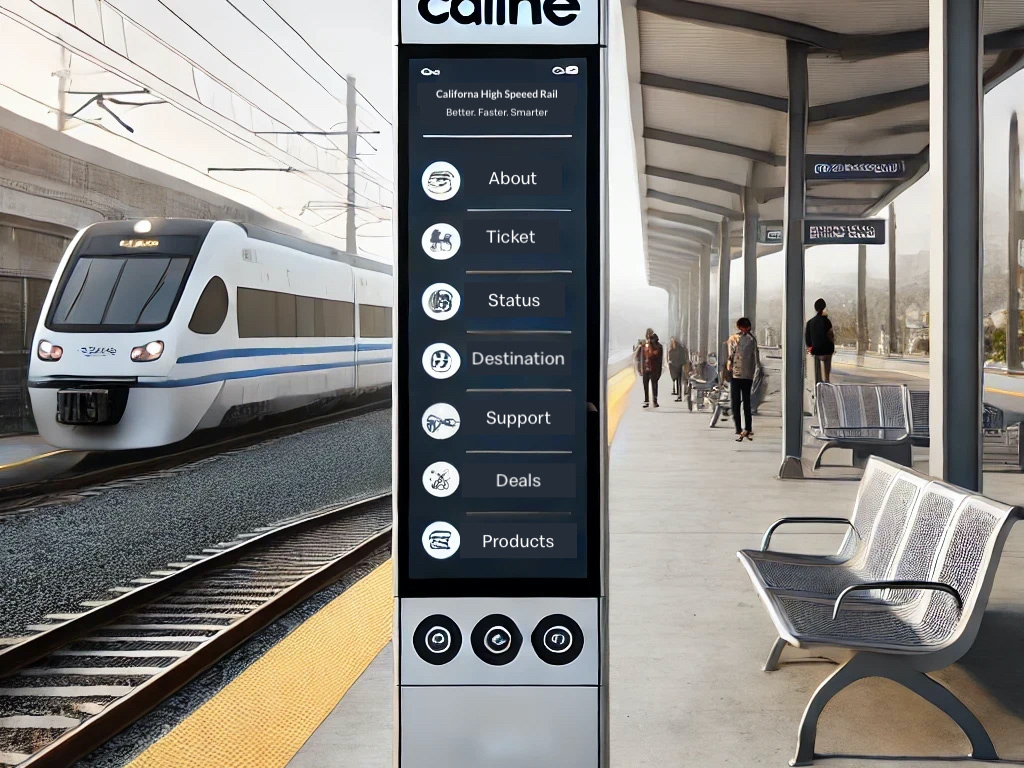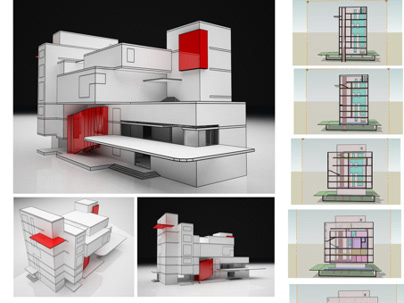Project Scope
This collaborative workshop for 18 young Airmen in the U.S. Air Force was designed to enhance resilience and perseverance through hands-on, creative exercises that applied lateral thinking strategies. The goal was to transform material learning into long-term memory using verbal-visual associations that make abstract concepts tangible.
By leveraging design thinking principles, the workshop encouraged non-designers to explore complex problems, identify patterns, and generate creative, actionable solutions to challenges related to mental well-being and support systems within the military.
Challenge
The U.S. military faces a growing mental health crisis, with suicide rates surpassing combat deaths. Many young Airmen (ages 18-24) struggle silently, fearing that seeking help may undermine their careers. The need for early intervention, peer support, and resilience-building strategies has never been more critical.
This project aligned with the First Airmen Training Center (FTAC) Program, which supports first-duty-stationed Airmen transitioning from regimented training into active service. The workshop aimed to equip participants with practical skills to recognize warning signs, provide support, and foster a culture of psychological safety and mutual aid.
Workshop Approach
The workshop was structured around design thinking methodologies, ensuring an interactive and immersive experience that encouraged Airmen to approach resilience and perseverance through a creative problem-solving lens.
Key Strategies:
✔ Lateral Thinking Techniques: Encouraged participants to reframe problems, explore unexpected connections, and develop innovative coping mechanisms.
✔ Analogies & Storytelling: Complex mental health concepts were simplified through powerful metaphors and role-playing scenarios.
✔ Hands-On Collaboration: The workshop engaged participants in group exercises, sketching, and ideation sessions, reinforcing peer-to-peer learning.
✔ Real-World Application: Airmen analyzed real-life challenges, identified early warning signs of distress, and designed support strategies tailored to their military environment.
Workshop Structure
1. Problem Exploration & Awareness: Participants discussed personal and observed challenges related to mental health in a safe, non-judgmental setting. A visual mapping exercise was used to outline key stressors, warning signs, and obstacles to seeking help.
2. Lateral Thinking Exercises: Teams engaged in creative problem-solving challenges, reframing mental health stigma through abstract thinking and role-playing scenarios. Hands-on activities (sketching, metaphor-building, and word associations) helped solidify long-term memory retention of key concepts.
3. Peer Support Strategy Development: Using a design thinking framework, participants co-created strategies for identifying and assisting fellow Airmen in distress. Groups brainstormed early intervention models that could be implemented within their squadrons.
4. Action Planning & Commitment: Airmen created personal resilience roadmaps, setting goals for self-care and peer support initiatives. A final reflection session reinforced accountability, ensuring the strategies developed were practical and applicable in real-world settings.
Workshop Impact
✅ Increased Awareness & Proactive Support: Participants gained a deeper understanding of resilience and warning signs, enabling them to recognize distress signals early.
✅ Applied Learning for Long-Term Retention: By incorporating lateral thinking strategies, participants retained key insights more effectively than traditional lecture-based learning.
✅ Breaking the Stigma: The interactive and peer-driven approach fostered open discussions, helping normalize conversations around mental health in a high-stakes military environment.
✅ Scalable & Replicable Model: The workshop structure provided a foundation for ongoing resilience training, allowing future cohorts to expand upon the strategies developed.
Key Learnings as a Design Thinker
✅ Design Thinking is a Powerful Tool: Applying creative problem-solving techniques can help reframe complex challenges, making mental health strategies more engaging and effective.
✅ Lateral Thinking Enhances Retention & Engagement: Hands-on, interactive learning makes abstract concepts more relatable and memorable, leading to stronger long-term impact.
✅ Safe Spaces Foster Honest Conversations: Creating a non-judgmental environment encourages open dialogue, reduces stigma, and empowers participants to take meaningful action.
✅ Co-Creation Leads to Ownership: When participants actively contribute to solution-building, they internalize the process, increasing their commitment to sustained mental health advocacy.
This workshop reinforced that human-centered design is not just for products—it’s a transformative tool for resilience, problem-solving, and community-driven change.





